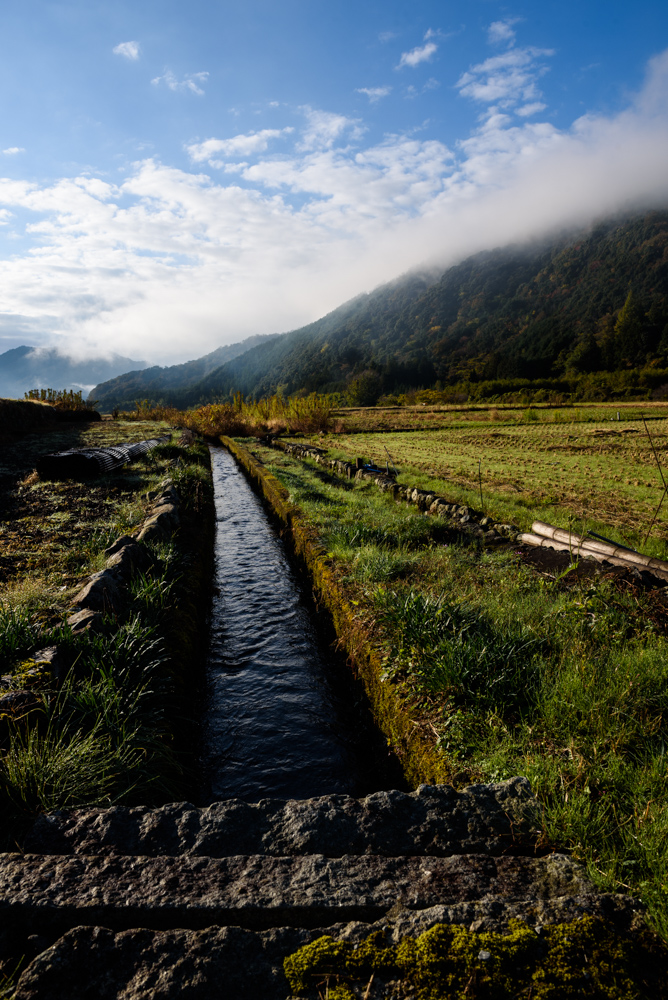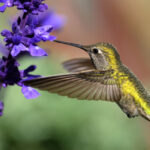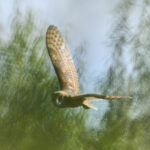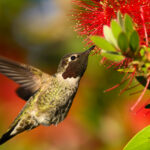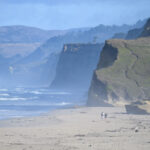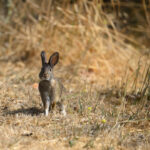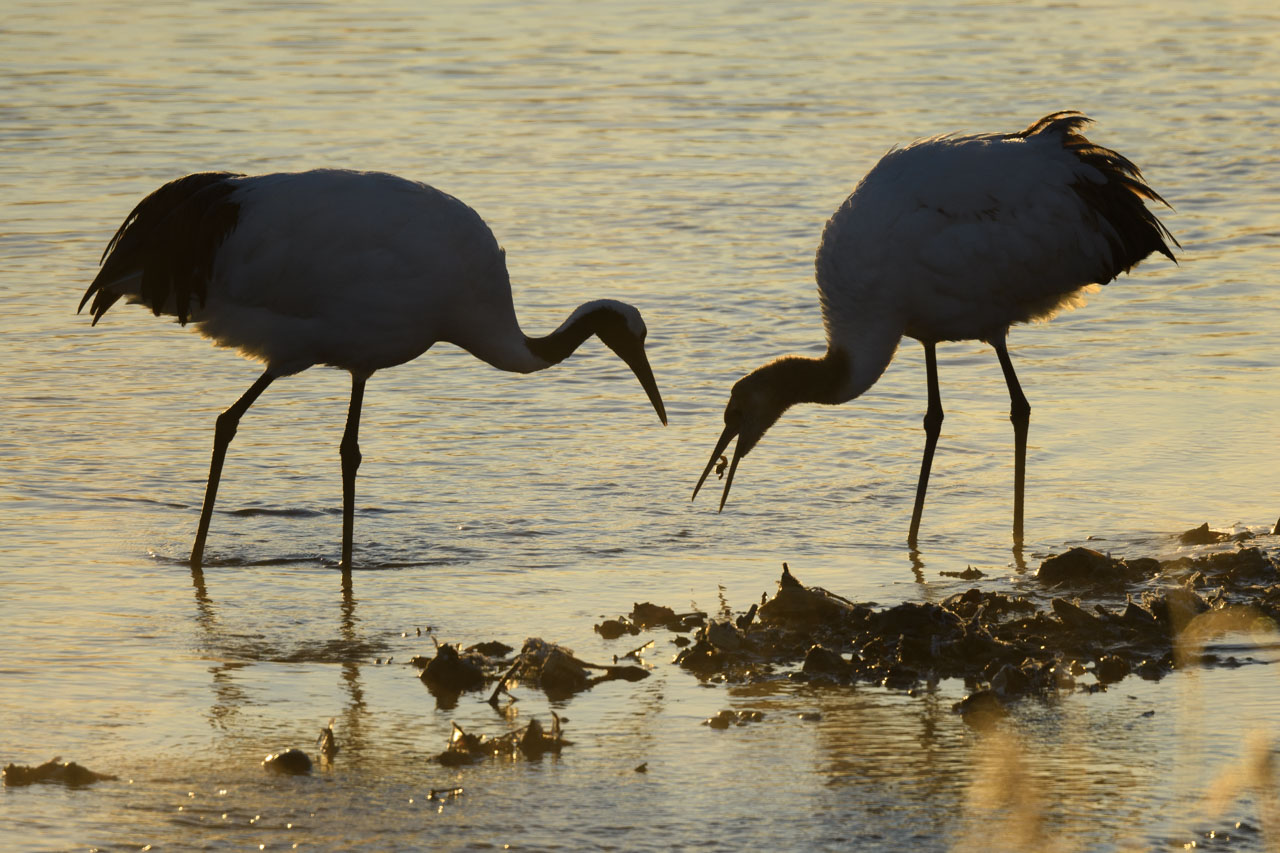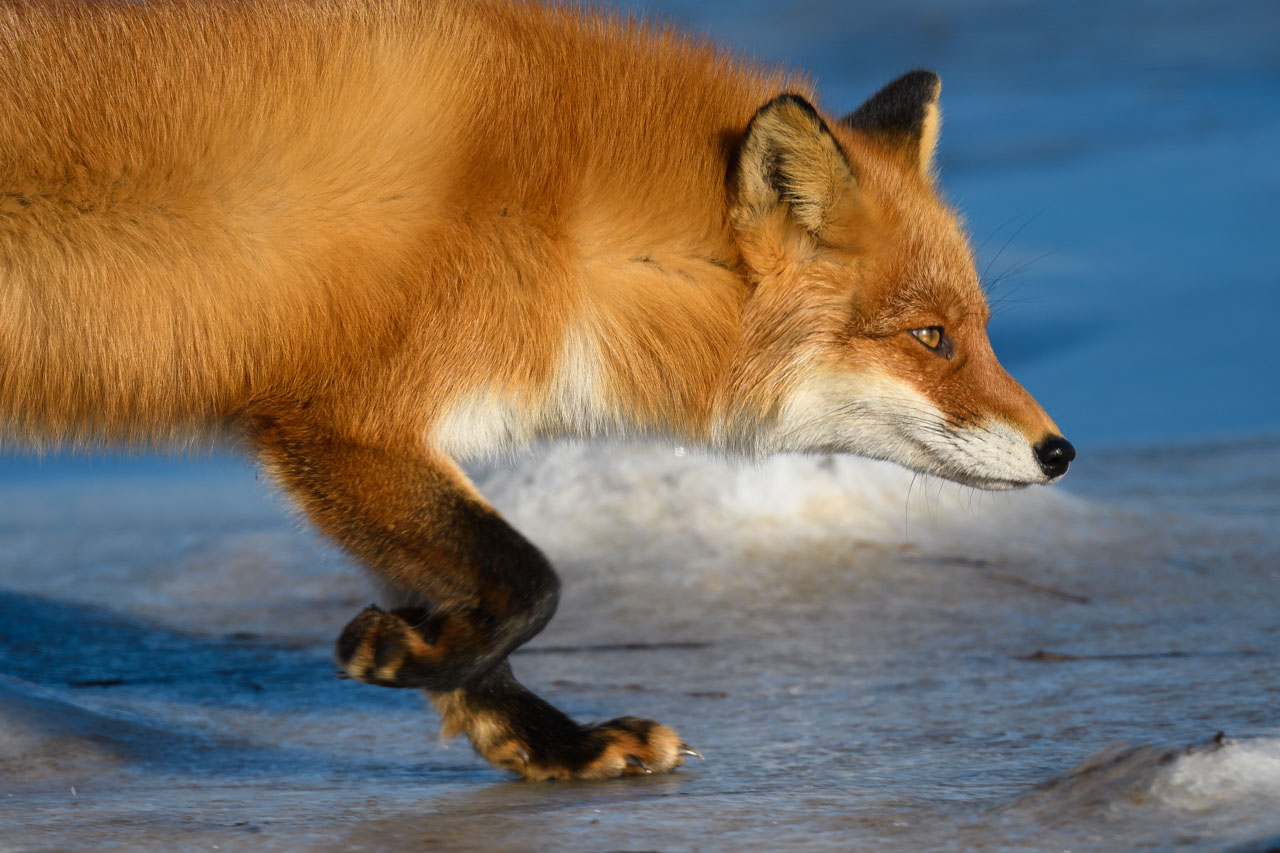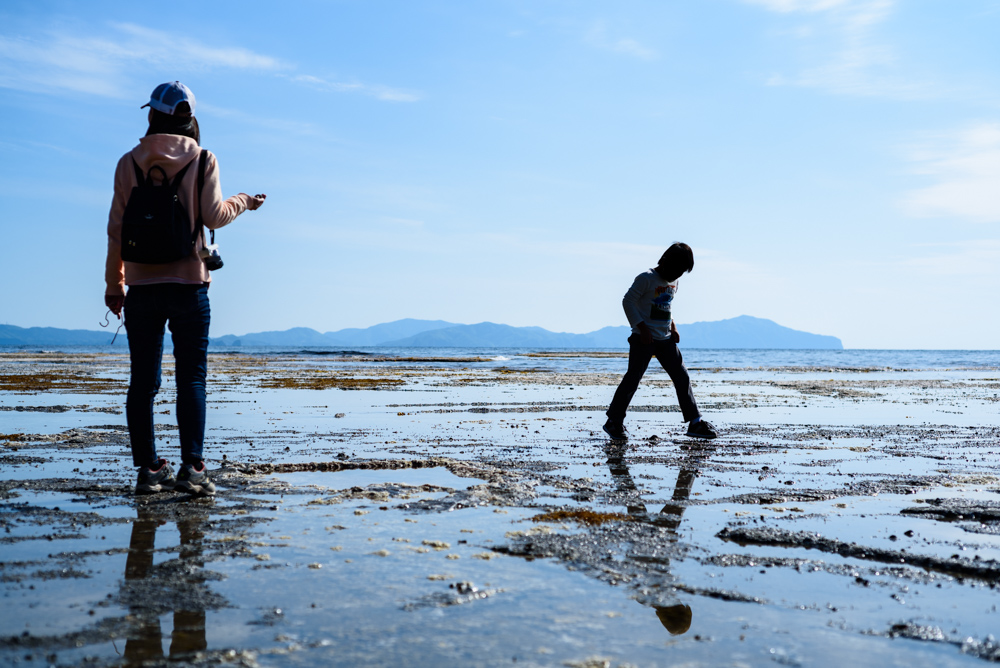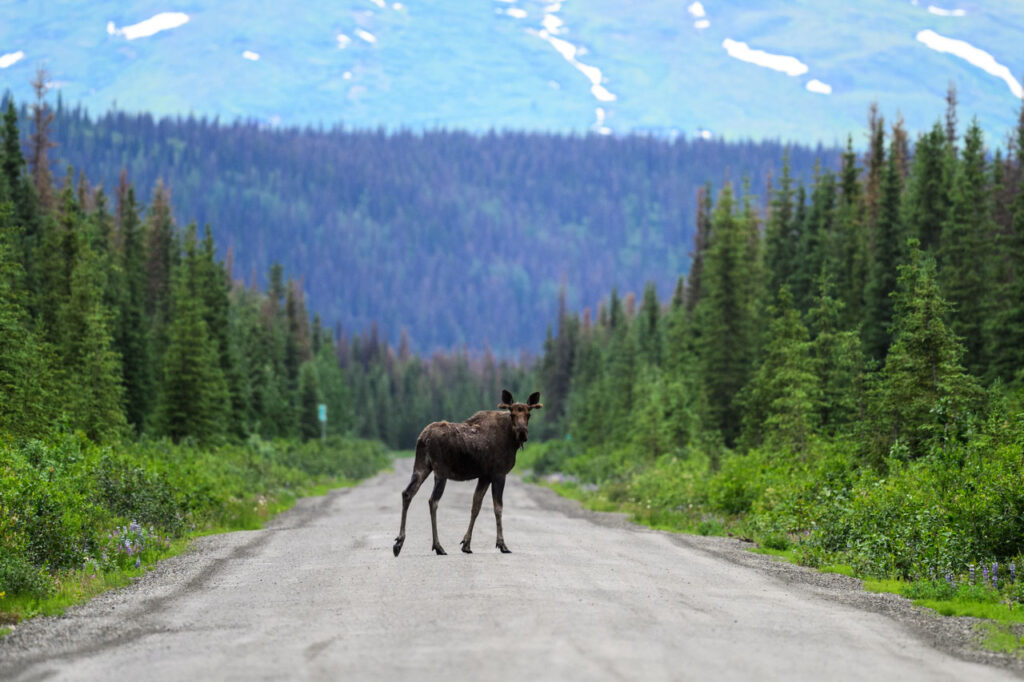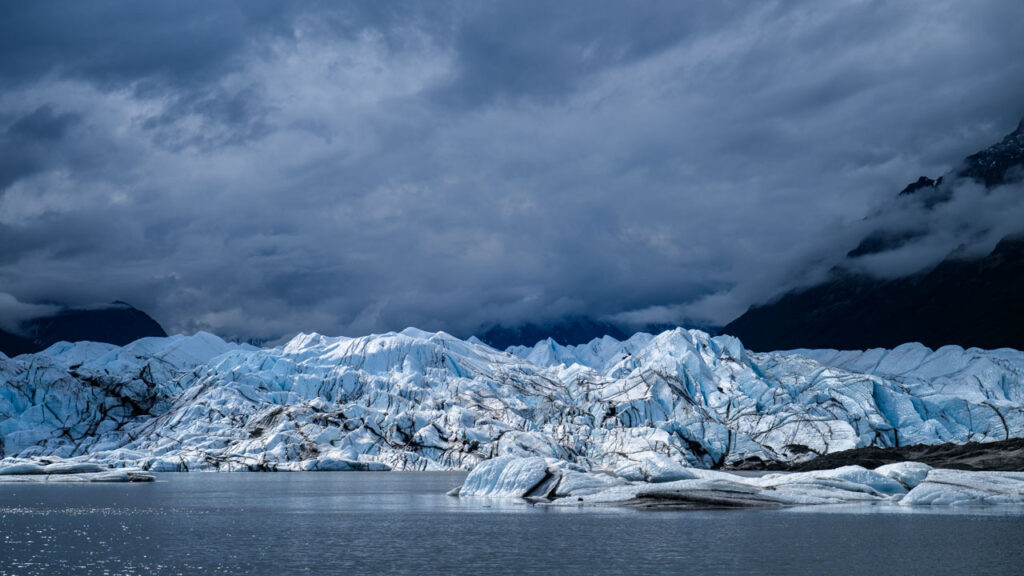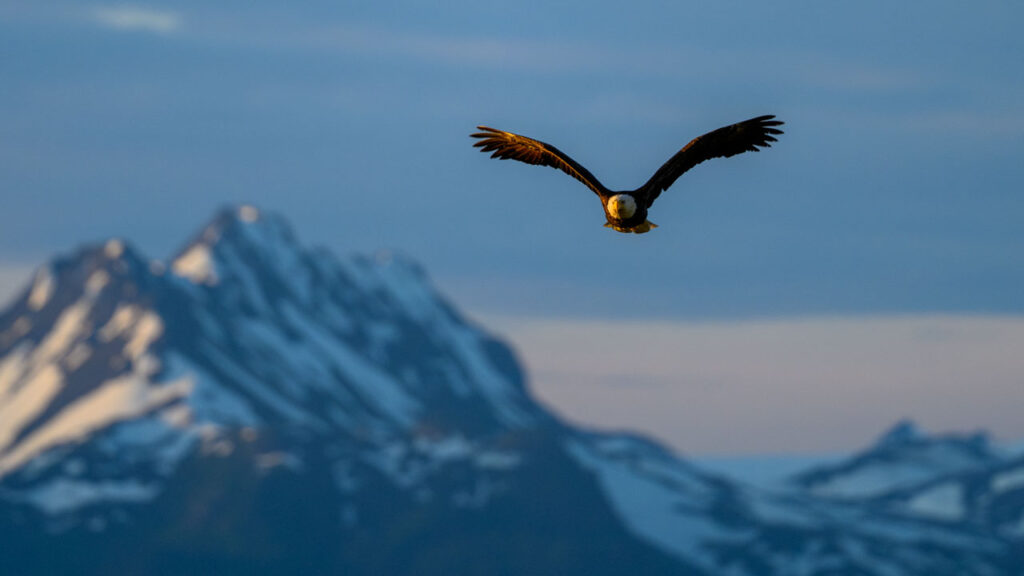
朝もやの風景 / Scenery in the morning mist
Following Geihoku, I have been photographing landscapes, but since my subject matter has recently shifted more toward birds, I have fewer opportunities to photograph landscapes. As I have traveled back and forth between the two, I have come to realize that each has its own difficulties. Birds are not always in the same place, so there is a strong element of treasure hunting. Instead, you get a certain amount of satisfaction just by being able to see a bird and take a reasonably good picture of it. On the other hand, landscapes are always there and do not run away like wild birds do. Therefore, I am rarely satisfied with just taking pictures of them, and I really want to be able to take advantage of the weather, light, and other random happenstance.
In my opinion, photographing landscapes is a more disciplined and stoic activity. When you think about it, birdwatching alone is an activity, but I have never heard anyone say that landscape watching is a hobby. In other words, bird photography is a twice-delicious activity. (However, if you bring too much landscape-photography-like obsession into bird-watching, it will become a practice of chance squared.)
In autumn, when the mornings get colder, morning haze often appears in mountainous areas. In fact, I have only a vague sense of whether it is mist or fog, but in meteorological terms, it seems to be judged by its visibility: haze is defined as having a range of 1 to 10 km, and fog as having a range of less than 1 km. But isn’t this classification based on the assumption that you are inside the haze? A cloud-like mass of tiny droplets of water spread out in front of me, but it was too low to be called a cloud. It is often so white that you cannot see through it, so perhaps it would be more appropriate to call it a fog.
I call it scenery, but it is my habit to want to take pictures of birds when they fly.
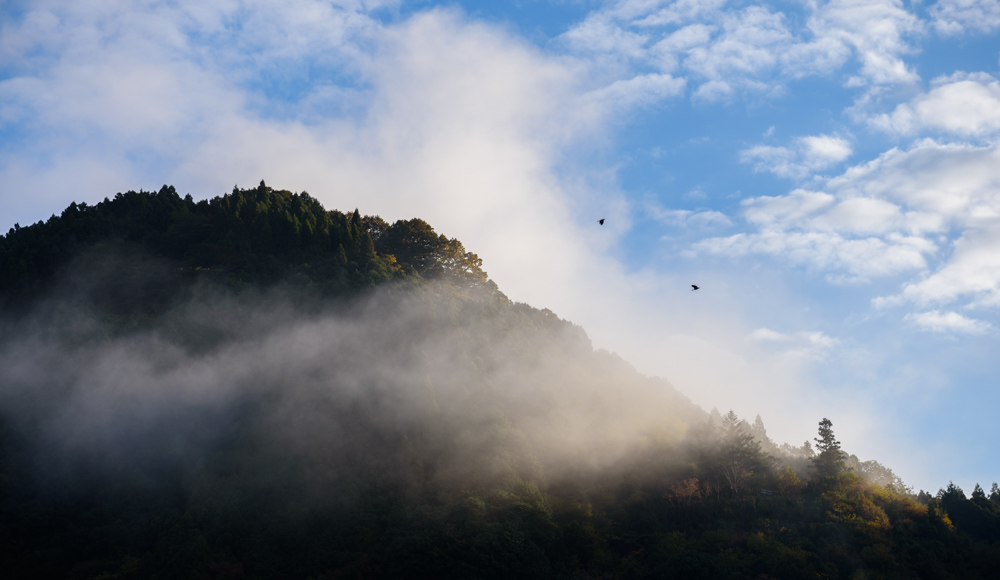
If you look closely, you can also see birds here…. Both look like a pair of crows.
The 85mm f/1.4 is well known as a portrait lens, but I also like using it to shoot nature and landscapes (I don’t take many portraits to begin with, but for some reason I have it). It is a medium telephoto lens and only goes up to f/16, so it is not suitable for depth of field, and I could argue that you don’t even need f/1.4 for that purpose, but I like it anyway. It is also very useful in the previous post on Geihoku.
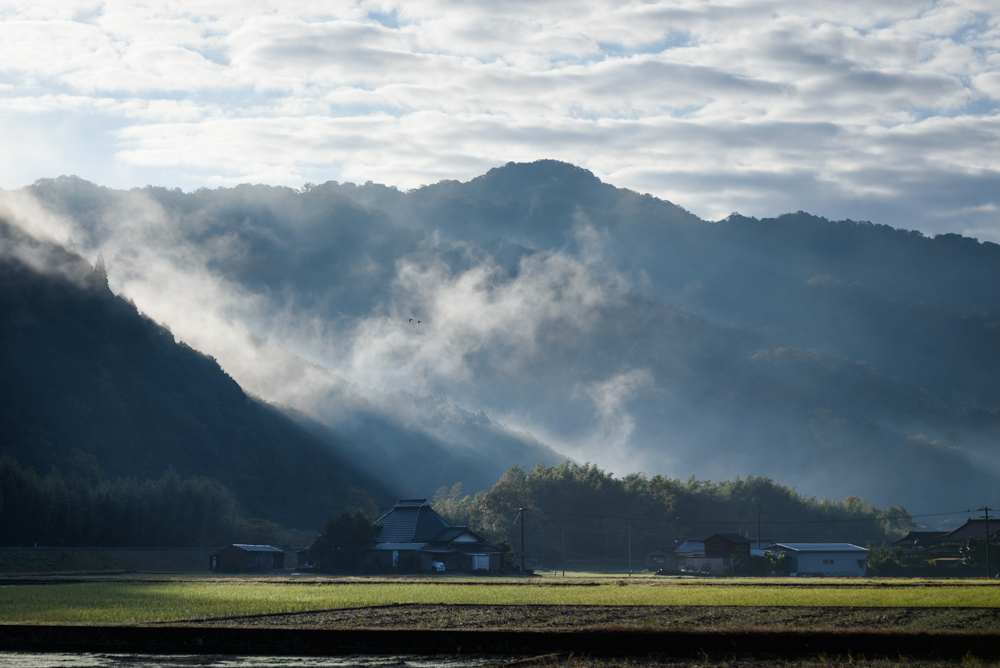
Clouds, or rather fog.
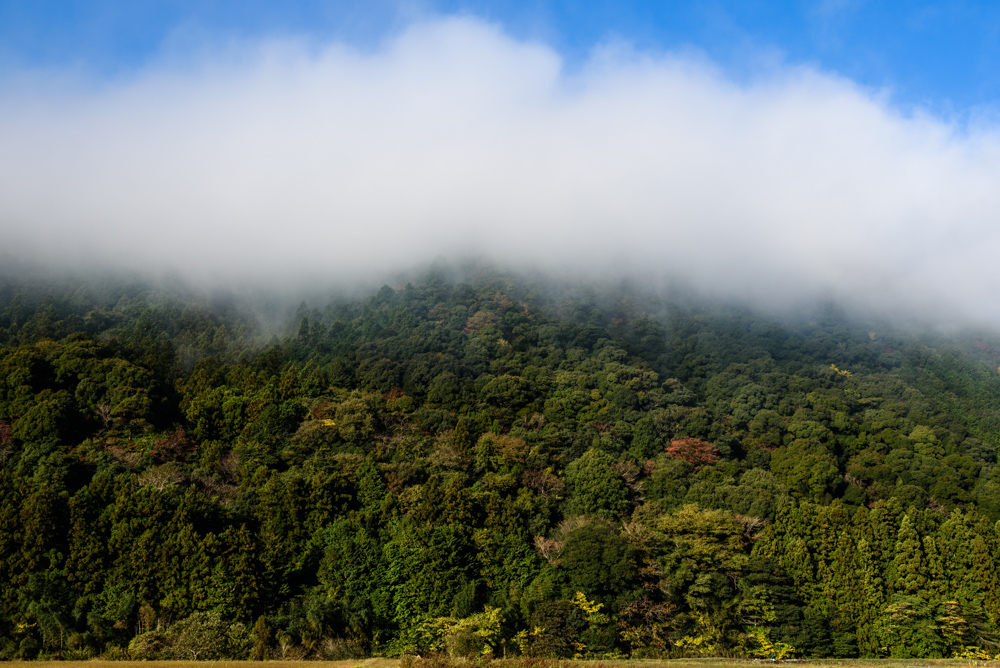
A henbit.
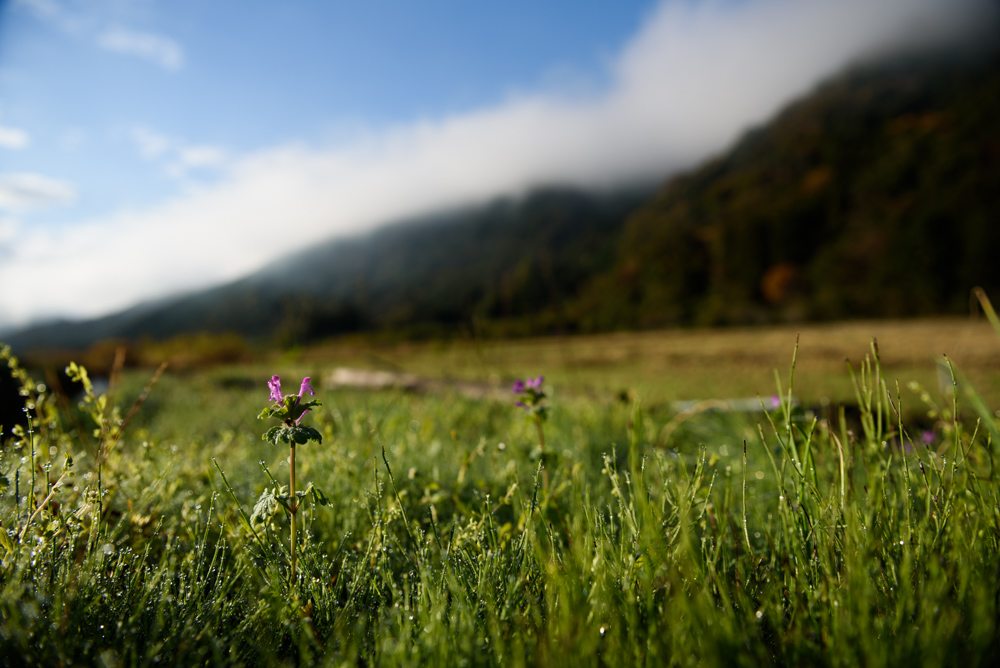
This fog can disappear in just a few minutes, so the image is usually changed when you discover it and then move on.
